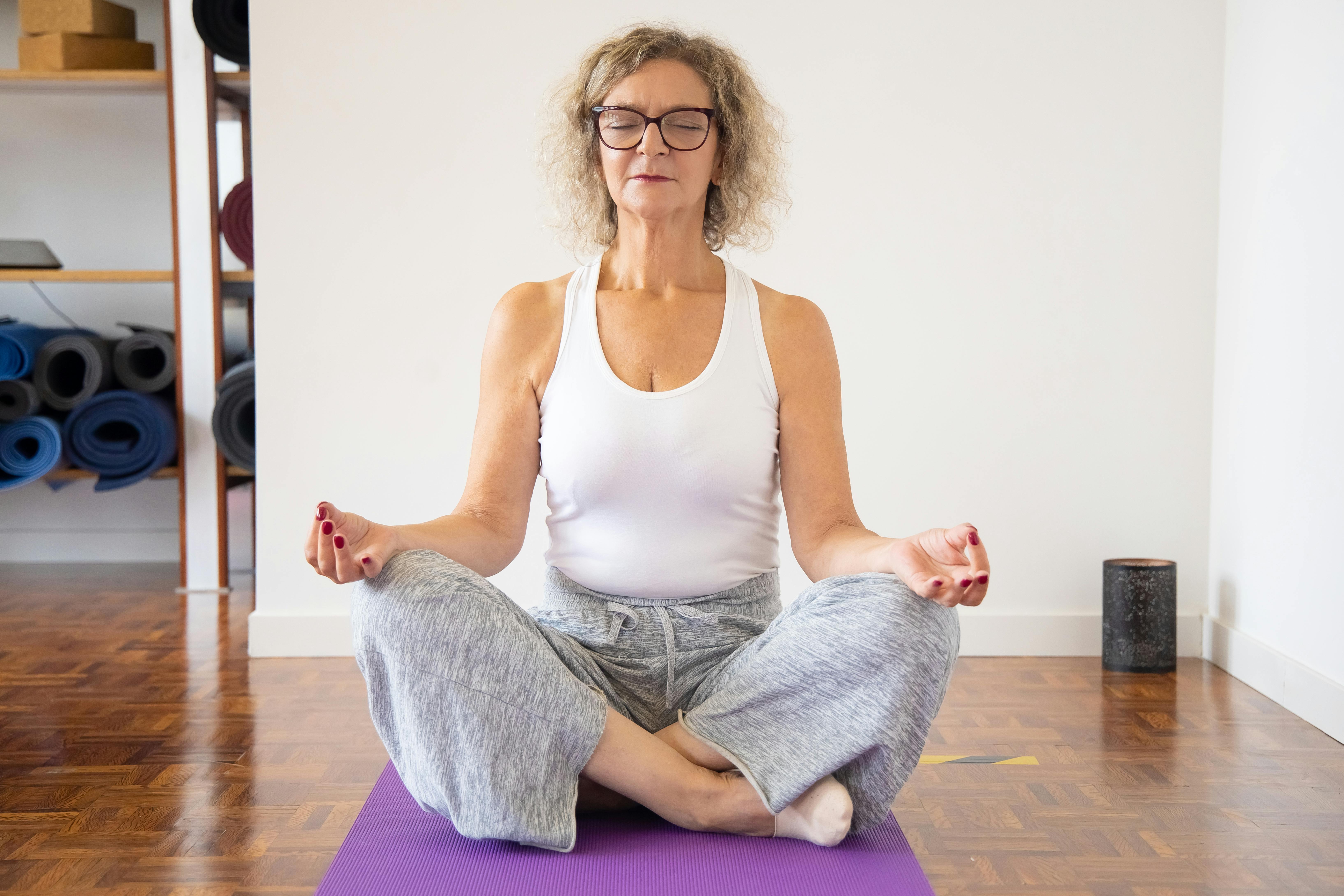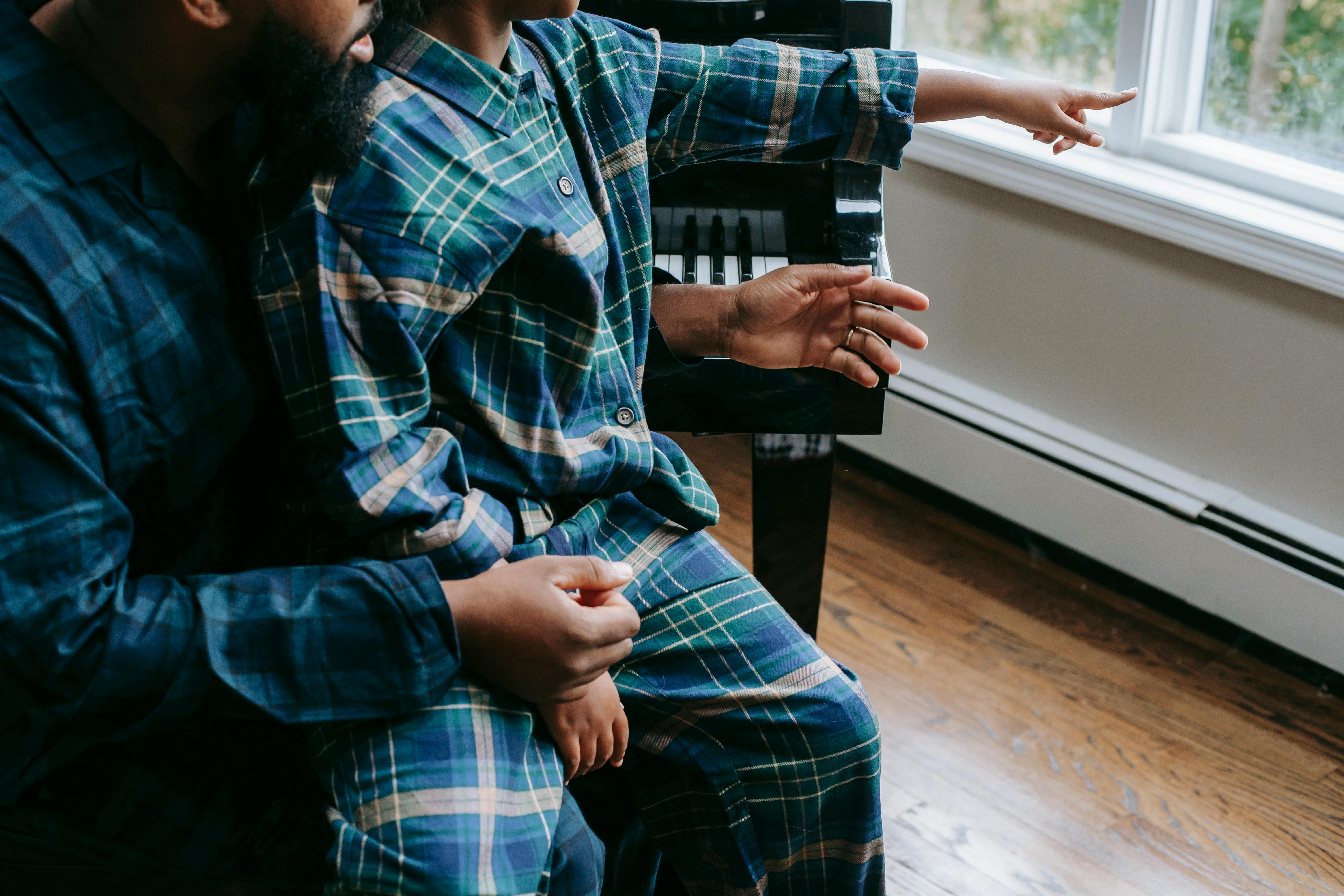Dream with Carcassonne
When Charlemagne stood before the gates of Carcassonne with his troops, the castle’s army existed from one person, Madame Carcas. She gave the illusion that there were still many men on the walls. When Charlemagne wanted to starve the castle, and Lady Carcas found out about her plans, she threw a pig over the wall, full of sweet corn. This made Charlemagne believe that there was still enough food left, so he packed up and left. At her retriever’s site, she blew her horn triumphantly at her (Carcas sonne).”
So goes the legend of Carcassonne. Carcassonne is located in the region known as Languedoc in the south of France, a land steeped in legend and mysticism, from King Arthur to the Holy Grail. A stone statue of Dame Carcas now stands at the entrance to Carcassonne and whether it’s real or a figment of our imaginations, there’s no denying the romantic charm of this medieval fortress.
These thoughts run through my mind as we enter the imposing city gates and cross a stone bridge over a moat. Walking on cobblestone pavement and sand, I remember the old city of Jerusalem, built with limestone quarried in the city. Under the sunlight, the walls of Carcassonne are the same golden color as the sand on our feet. These walls are a legacy of the Romans who built them in the 1st century BC. C., as well as the walls of ancient Jerusalem that were built under King Herod during the Roman Empire.
Seeing an ancient castle for the first time is fascinating and enlightening. It looks romantic on the outside, but as soon as we pass through the courtyard into the confines of the castle, the experience becomes challenging. The four of us, Aida, Rachel, Joan and I, walk through narrow, dark corridors, stopping to see the modern town beyond the castle walls and watching a video presentation on the history of Carcassonne. The challenge is not to get lost in the labyrinth of dark corridors and rooms of the castle, because we have no maps or guide to help us. After the castle, we make a short visit to the old Basilica of St. Nazaire which is being renovated. Like most old churches in France, there is a huge pipe organ located on the second floor of the church, stained glass windows, gargoyles, naves, arches and stone walls darkened by time.
In contrast, the shops in the town of Carcasonne are very modern and attractive behind their stone facade. Shops selling chocolates, cookies, sweets such as marzipan, herbs de Provence for cooking, souvenir t-shirts and postcards, soaps scented with the sea and various herbs, wood crafts and porcelain figurines are just some of the attractions. Soon it’s time for lunch.
At La Taverne du Chateau, Joan and I ordered the regional dish known as Cassoulet, a soup consisting of beans, foie gras, pork sausage, and vegetables. Aida prefers the French onion soup with spaghetti bolognese while Rachel opts for the entrecote (beef) sandwich, all for 12 euros. Sitting outside under a canopy, our conversation turns from food to dream houses.
“You are all invited to visit my home here in the south of France in the future.” I start half joking. I don’t even know why I said it, it just came out. It’s good to have a laugh with friends once in a while.
“Yes, I imagine you here”, says Aida, “you would be perfect in this place”.
“And with a French husband,” Rachel adds, her eyes sparkling. “My dream house would be somewhere near the sea or a lake, as both my husband and I love to snorkel and dive.”
“I prefer to live in Paris, in the 16th arrondissement near La Tour Eiffel,” says Aida, “with French balconies from the living room to the master bedroom. I’m a city girl.”
Only Joan is silent. But if I know my twin it is because she is not thinking of one place. He would like to see the rest of Europe such as Austria, Germany, Switzerland, the Czech Republic or Spain. Maybe go back to Italy again.
I call this chapter of our lives the Dream of Carcassonne, a paraphrase of the original song, California Dreaming. Someday in the future, we will look back on this day and remember how we dared to dream as only the young can.
We return to Canet en Roussillion via the scenic route through the Gorges de Galamus, passing through the countryside full of vineyards and I wonder if the Jewish people really started the vine culture in France. In his book, A Year in Provence, author Peter Mayle writes that he could never drink another glass of wine without remembering all the tremendous work he put into making it.
I remember the words of the French aviator and writer Antoine de Saint-Exupery at the end of our wine route in Canet: One cannot understand what a farm is unless one sacrifices a part of oneself, fights to save it and beautify it. An estate is not the sum of benefits. There’s the mistake. It is the sum of all gifts.
In other words, the value of a property lies not in what one can get out of it, but in the love that has been poured into it. The value of a land lies in the work of the many hands that worked to work it, beautify it and sustain it for the community so that future generations can enjoy the fruits of the land.



Recent Comments